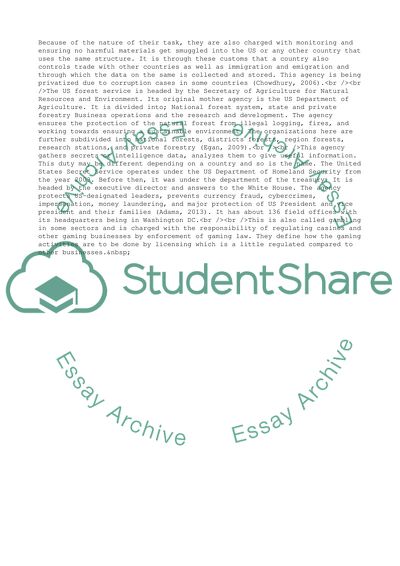Cite this document
(Government Agencies, Programs and Policy Evaluations Coursework, n.d.)
Government Agencies, Programs and Policy Evaluations Coursework. https://studentshare.org/management/1874634-short-essay
Government Agencies, Programs and Policy Evaluations Coursework. https://studentshare.org/management/1874634-short-essay
(Government Agencies, Programs and Policy Evaluations Coursework)
Government Agencies, Programs and Policy Evaluations Coursework. https://studentshare.org/management/1874634-short-essay.
Government Agencies, Programs and Policy Evaluations Coursework. https://studentshare.org/management/1874634-short-essay.
“Government Agencies, Programs and Policy Evaluations Coursework”. https://studentshare.org/management/1874634-short-essay.


